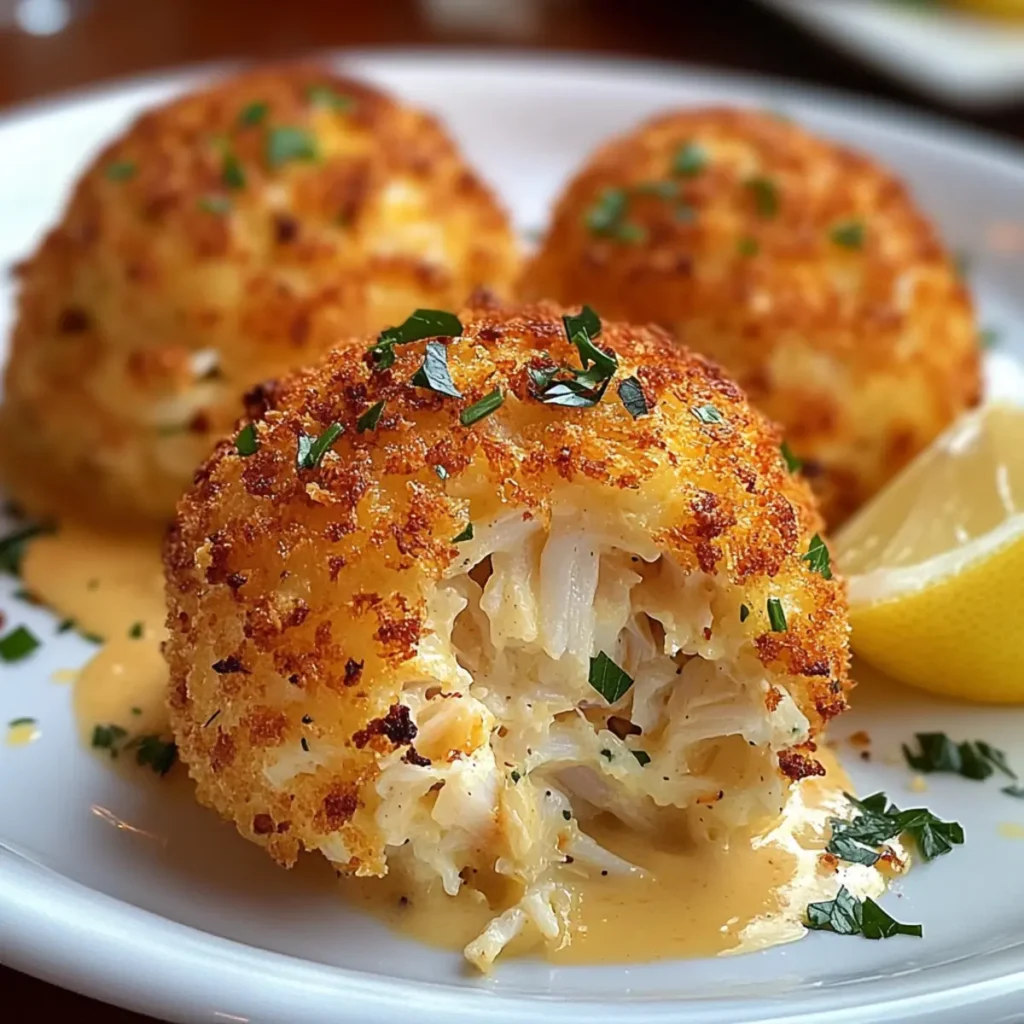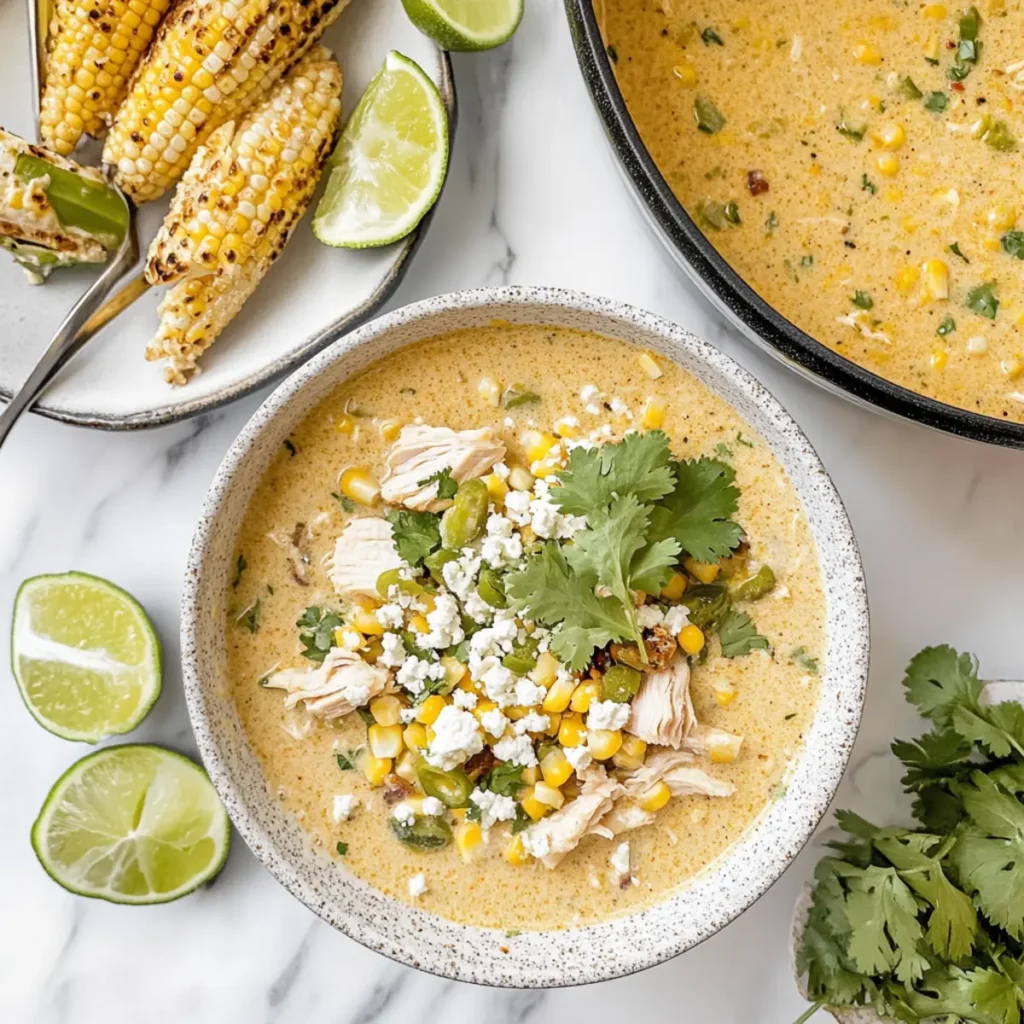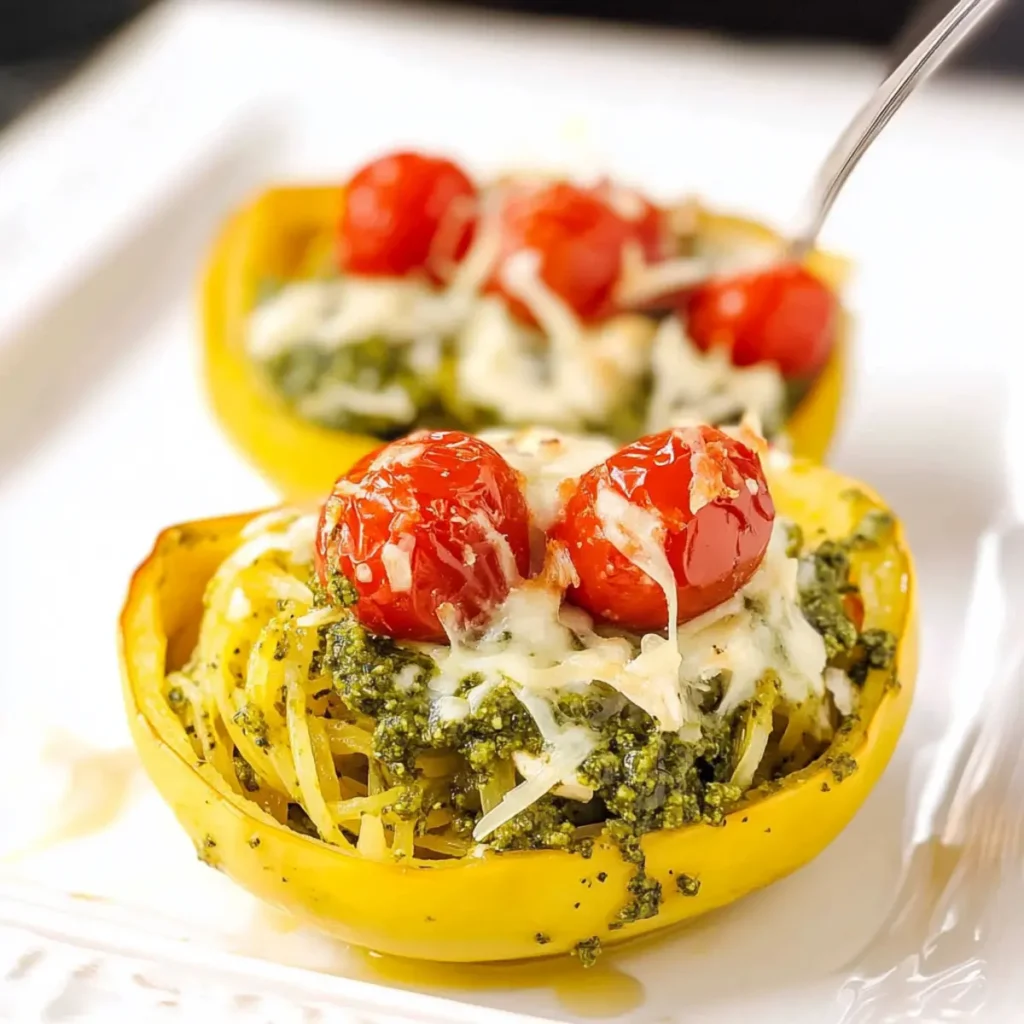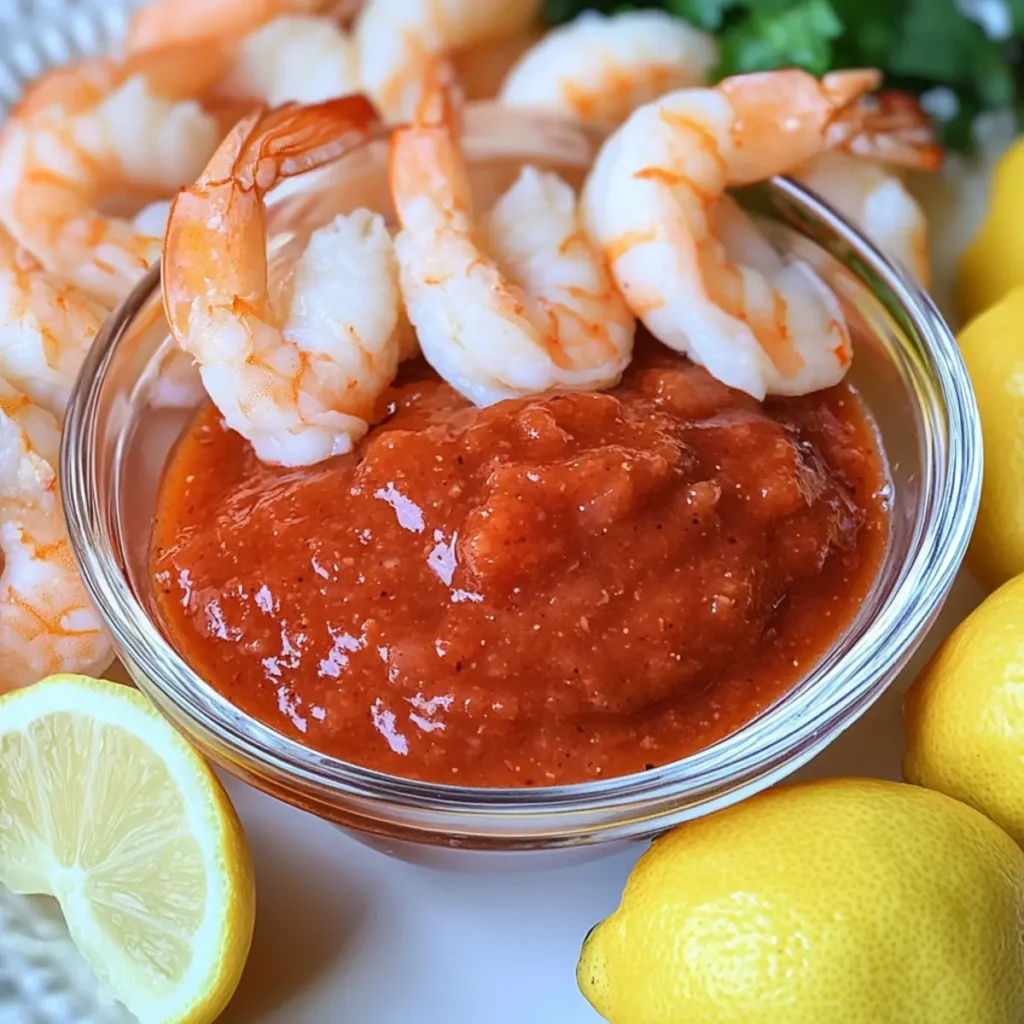Welcome to the world of Dutch Oven Chili, where the melding of hearty ingredients and slow cooking techniques creates a dish that’s not just a meal, but an experience. This culinary delight, simmered to perfection in a Dutch oven, is more than just a traditional stew; it’s a testament to how simple ingredients can transform into something spectacular with time, care, and the right cooking method.
The Art of Chili Making
At its core, chili is a stew-like dish known for its bold flavors, primarily derived from the use of various spices, meats, and beans. Originating from the Southwest United States, chili has evolved into numerous variations, each reflecting unique regional tastes and culinary traditions.
Why Chili Captivates
- Versatility: From meaty feasts to vegetarian delights, chili can be adapted to suit any palate or dietary preference.
- Comfort Food: Its warm, hearty nature makes it a comfort food favorite, especially during colder months.
- Social Dish: Chili is often at the center of social gatherings, be it family dinners, potlucks, or cooking competitions.
Exploring Different Cooking Methods
- Dutch Oven vs. Slow Cooker: While some swear by the slow cooker for its convenience, others prefer the Dutch oven for its ability to enhance flavors through searing and sautéing.
- Cast Iron Cooking: For those who love a touch of tradition, cooking chili in a cast iron skillet or Dutch oven adds an unbeatable depth of flavor.
Essential Ingredients and Substitutes for Dutch Oven Chili
Creating a memorable Dutch Oven Chili requires a balance of quality ingredients and the flexibility to adapt to various dietary needs. Here’s a guide to the essential ingredients and their possible substitutes:
Ground Beef: The cornerstone of traditional chili, ground beef adds richness and depth.
- Substitutes: For a vegetarian or vegan twist, consider using lentils, quinoa, or a plant-based meat alternative. Poultry (like ground turkey or chicken) or other meats (like pork or lamb) can also be used.
Beans: Kidney beans are a classic choice, providing texture and protein.
- Substitutes: Black beans, pinto beans, or a mix of your favorite beans can be used. For a bean-free version, try using extra vegetables or grains.
Tomatoes: Diced tomatoes contribute to the chili’s base with their acidity and sweetness.
- Substitutes: Fresh tomatoes can be used in place of canned, or try tomato sauce for a smoother texture.
Spices: A blend of chili powder, cumin, paprika, salt, and pepper creates the chili’s signature flavor.
- Substitutes: Adjust the spices to suit your taste. Smoked paprika or chipotle powder can add a smoky flavor, while cayenne pepper can increase the heat.
Vegetables: Onions and garlic are fundamental for flavor, while bell peppers add sweetness and crunch.
- Substitutes: Try other vegetables like carrots, celery, or corn to add different flavors and textures.
Broth: Beef, chicken, or vegetable broth adds depth and helps to adjust the chili’s consistency.
- Substitutes: For a vegan version, use vegetable broth. Water can be used in a pinch, but you may need to adjust the seasoning.
Oils and Fats: Olive oil is typically used for sautéing the base ingredients.
- Substitutes: Avocado oil, coconut oil, or even butter can be used depending on dietary preferences and desired flavor profile.
Remember, the beauty of Dutch Oven Chili lies in its versatility. Feel free to experiment with these ingredients and substitutes to create a dish that caters to your taste and dietary requirements. For more insights on maintaining the quality of your Dutch oven, which can affect the flavor of your chili, check out this resource on maintaining your Dutch Oven.
Step-by-Step Cooking Guide for Dutch Oven Chili
Preparing Your Dutch Oven
- Heat the Oven: Place your Dutch oven over medium-high heat. Ensuring your Dutch oven is well-seasoned is crucial for flavor development.
Sautéing Onions and Garlic
- Cook the Onions: Add a bit of olive oil and sauté chopped onions until they become translucent, about 2-3 minutes.
- Add Garlic: Stir in minced garlic and cook for another 30 seconds to 1 minute, until it’s fragrant.
Browning the Meat
- Prepare the Meat: Move the onions and garlic to one side of the Dutch oven.
- Cook the Meat: Add your choice of ground meat to the pot. Break it apart with a spatula and cook until browned. Drain excess grease if needed.
Adding Spices and Vegetables
- Spice it Up: Mix in spices like chili powder, cumin, paprika, salt, and pepper.
- Vegetable Time: Add diced red and green bell peppers and cook until they start to soften.
Incorporating Beans and Tomatoes
- Beans and Tomatoes: Stir in kidney beans, black beans, and diced tomatoes.
- Thicken the Mix: Add tomato paste to enrich and thicken the chili.
Simmering the Chili
- Add Broth and Simmer: Pour in beef, chicken, or vegetable broth. Bring to a boil, then reduce heat to low and cover. Let it simmer for at least 30 minutes, stirring occasionally.
Final Seasoning Adjustments
- Taste and Adjust: After simmering, taste the chili and adjust the seasoning as needed. Add more spices or salt if required.
Serving the Chili
- Ready to Serve: Ladle the hot chili into bowls.
- Add Toppings: Garnish with your favorite toppings like sour cream, cheese, onions, and avocado.
Customization and Variations for Dutch Oven Chili
Tailoring to Your Taste
- Experiment with Proteins: Swap out ground beef for other meats like turkey, chicken, pork, or even lamb. For a vegetarian twist, lentils, quinoa, or plant-based meat substitutes are excellent choices.
- Mix Up the Beans: While kidney beans are classic, feel free to use black beans, pinto beans, or a mix of your favorites. For a bean-free chili, increase the quantity of vegetables or add grains like barley.
Adding a Personal Touch with Vegetables
- Veggie Varieties: Enhance your chili with additional vegetables like corn, carrots, celery, or zucchini. This not only adds nutrition but also texture and flavor.
- Spice Level Adjustments: Control the heat by adjusting the amount of chili powder or adding fresh or dried chilies. For a milder chili, reduce the spices and remove seeds from fresh chilies.
Flavor Enhancements
- Herbs and Spices: Consider adding smoked paprika, chipotle powder, or cumin for a deeper flavor profile. Fresh herbs like cilantro or parsley can add a fresh touch.
- Sweet and Smoky: Introduce a sweet element with a bit of brown sugar or honey, or go for a smoky flavor with a dash of liquid smoke or smoked paprika.
Dietary Considerations
- Gluten-Free Options: Ensure that your broth and any added sauces or seasonings are gluten-free if catering to a gluten-sensitive audience.
- Vegan and Vegetarian: Use vegetable broth and skip the meat. Bulk up your chili with more beans, lentils, or meat substitutes like tofu or tempeh.
Creative Add-Ins
- Unique Ingredients: Try adding unique elements like dark chocolate, coffee, or a splash of beer for an intriguing depth of flavor.
- Cheese Please: For those who love cheese, consider stirring in some cheddar or Monterey Jack during the last few minutes of cooking, or use it as a topping.
Serving and Pairing Suggestions for Dutch Oven Chili
Ideal Accompaniments
- Bread and Grains:
- Serve your chili with a side of cornbread, crusty bread, or over a bed of rice.
- For a healthier twist, pair with quinoa or whole wheat dinner rolls.
- Fresh Toppings:
- Garnish with chopped green onions, cilantro, diced avocado, or a dollop of sour cream.
- Shredded cheese, such as cheddar or Monterey Jack, adds a creamy texture.
Pairing with Beverages
- Wine Pairings:
- A robust red wine like Zinfandel or Malbec complements the rich flavors of the chili.
- For a lighter touch, try a medium-bodied Merlot.
- Beer Companions:
- A cold lager or ale balances the spice and heartiness of the chili.
- For a unique experience, pair with a smoky porter or stout.
Creative Serving Ideas
- As an Appetizer:
- Serve in small cups as a starter for a dinner party.
- Accompany with tortilla chips for dipping.
- Chili Bar:
- Set up a chili bar with various toppings and sides, allowing guests to customize their bowl.
- Include options like diced onions, jalapeños, crackers, and different types of cheese.
Dietary Accommodations
- For Vegetarian Guests:
- Offer a vegetarian version of the chili alongside the meat version.
- Include plant-based toppings like vegan cheese and yogurt.
- Gluten-Free Options:
- Ensure that all sides and toppings are gluten-free for guests with dietary restrictions.
- Opt for gluten-free cornbread or crackers.
Seasonal Serving Suggestions
- Winter Warmer:
- Serve hot with a side of baked potatoes or roasted vegetables.
- Pair with a warm spiced cider or hot chocolate for a cozy meal.
- Summer Style:
- Lighten the dish with fresh toppings like diced tomatoes and cucumber.
- Pair with a chilled sangria or iced tea for a refreshing summer meal.
After enjoying the rich and hearty flavors of our Dutch Oven Chili, why not explore another comfort food classic? Check out our Velveeta Mac and Cheese recipe for a creamy and satisfying side dish.
Storing and Reheating Tips for Dutch Oven Chili
Proper Storage for Freshness
- Refrigerating Leftovers:
- Allow the chili to cool to room temperature before storing.
- Place in an airtight container and refrigerate for up to 5 days.
- Freezing for Long-Term Storage:
- Chili freezes well and can be stored for up to 2-3 months.
- Use freezer-safe containers or bags, leaving some space for expansion.
Reheating Dutch Oven Chili for Best Flavor
- Stovetop Reheating:
- Thaw frozen chili in the refrigerator if frozen.
- Reheat on the stove over medium heat, stirring occasionally, until heated through.
- Microwave Reheating:
- For a quick option, reheat in the microwave.
- Cover the chili and heat in short intervals, stirring in between to ensure even heating.
Tips for Maintaining Quality
- Avoiding Contamination:
- Always use a clean spoon when serving to prevent contamination.
- Do not leave chili at room temperature for more than 2 hours.
- Refreshing the Flavor:
- If the chili thickens upon storage, add a little broth or water when reheating.
- Adjust seasonings if necessary, as flavors can change slightly after freezing.
Serving Reheated Dutch Oven Chili
- Reviving the Dish:
- Garnish with fresh toppings like chopped cilantro or green onions to refresh the dish.
- Add a squeeze of lime or a sprinkle of cheese for added flavor.
Freezing Individual Portions
- Convenient Meal Prep:
- Freeze chili in individual serving sizes for easy meal prep.
- Label containers with the date to keep track of freshness.
FAQs for Dutch Oven Chili
Addressing some common queries about Dutch Oven Chili:
Is Chili Better in a Slow Cooker or Dutch Oven?
The choice between a slow cooker and a Dutch oven for making chili depends on your cooking style and flavor preferences:
- Slow Cooker:
- Consistent Low Heat: Slow cookers maintain a consistent low temperature, making them ideal for tenderizing meat over several hours.
- Convenience: They are perfect for set-it-and-forget-it cooking, requiring minimal supervision.
- Flavor Development: Slow cookers can produce a well-blended and rich flavor due to the long cooking time.
- Dutch Oven:
- High Heat Searing: Dutch ovens are excellent for searing meat and sautéing vegetables, which can add depth to the chili’s flavor.
- Versatility: They can be used on the stovetop and in the oven, offering more control over the cooking process.
- Richer Flavor and Texture: The ability to cook at higher temperatures can create a more complex flavor profile and a thicker texture.
What Size Dutch Oven Do I Need for Chili?
- General Guideline:
- A 5 to 6-quart Dutch oven is typically sufficient for making chili for an average family (4-6 servings).
- For larger batches or gatherings, an 8-quart or larger Dutch oven would be more appropriate.
What is the Best Pan for Chili?
- Dutch Oven:
- Widely considered the best option due to its heavy bottom, which provides even heat distribution and prevents burning.
- The material (usually cast iron) retains heat well, which is ideal for simmering chili.
- Other Options:
- Heavy-bottomed stockpots or deep sauté pans can also be effective, especially for larger quantities.
Can You Make Chili in Cast Iron?
- Absolutely:
- Cast iron pans, including Dutch ovens, are excellent for making chili.
- They provide even heat distribution and excellent heat retention, which is crucial for simmering chili.
- The seasoned surface of cast iron can also add additional flavor to the chili.
- Consideration:
- Be mindful of acidic ingredients like tomatoes, as they can react with cast iron and affect the pan’s seasoning and the dish’s flavor if cooked for an extended period.
In summary, both slow cookers and Dutch ovens are great for making chili, each offering unique benefits. The choice of cookware can depend on your preferred cooking method and the flavor and texture you aim to achieve in your chili.
Conclusion
Dutch Oven Chili is not just a dish; it’s a culinary journey that brings people together. Its versatility, ease of preparation, and delicious flavors make it a favorite in many households. So, grab your Dutch oven, and let’s start cooking!
Looking for the perfect dessert to follow your Dutch Oven Chili meal? Our Strawberry Cream Cheese Frosting pairs wonderfully with a variety of desserts, offering a sweet and tangy finish to your dining experience.






